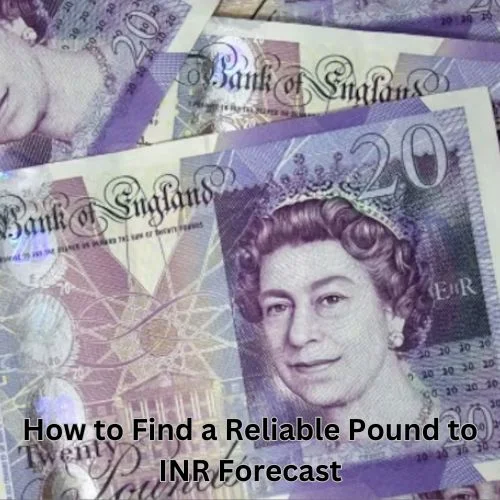The catholic church is one of the largest religious organizations of the Christian faith which dates back to the prehistoric times. With over 1. 3 billion members spread across 200 countries, it is the biggest Christian church and one of the world’s most recognized religions.
However the Catholic Church is not just a religious institution, it has been centrally involved in the formation of the very society of the west as culture, philosophy, art, law and education have all been deeply influenced by this church for centuries. In this informative blog post, the prevalent topic of Catholics will be described in detail focusing on its history, beliefs, organization, and contributions to society.
| Table Of Contents |
| Introduction |
| Catholic Church: Tracing the Origins |
| Catholic Church: Beliefs and Practices |
| Catholic Church: Structure and Organization |
| Catholic Church: Shaping Western Civilization |
| Catholic Church: Modern Challenges and the Future |
| Conclusion |
Catholic Church: Tracing the Origins
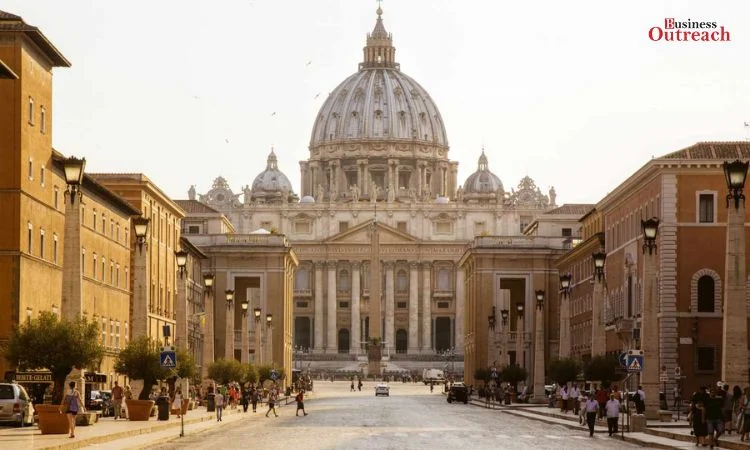
Source: Learn Religions
The Catholic Church that exists today can be described as the direct continuation of the early Christian movement begun by followers of Jesus in the 1st century AD. Of course, Catholics believe that Jesus chose apostle Peter as the first bishop of the church (the first pope) and they continue the chain of popes at the present time. For example, the biblical narratives detail how soon after the apostles received the Holy Spirit during the celebration of the Pentecost they started propagating Christianity.
In the initial phase of the growth of Christianity and evolution of more organized institutions within the existing structure of the Roman Empire, some elements of organization started developing and the bishop of Rome, known today as the pope, began to be established as the head of the church. Outstanding events were the emperor Constantine’s edict on toleration of Christianity in the 4th century, the synthesis of the standard on core dogmas of Christianity approved at the First Council of Nicaea in 325, and the growing recognition of the supremacy of the bishop of Rome by the end of the 6th century.
Over the subsequent centuries the Christian Catholic community overcame many trials, from the emergence of Islam to division from the Eastern Orthodox Church in 1054. It assumed the status of a unifying culture of medieval Europe and stirred the growth of various aspects of civilization, including scholastic philosophy, the enormous Gothic Cathedral and the first ever universities. The Renaissance saw Cathedral art and spirituality explode and become synonymous with the likes of Michelangelo and Raphael.
Catholic Church: Beliefs and Practices
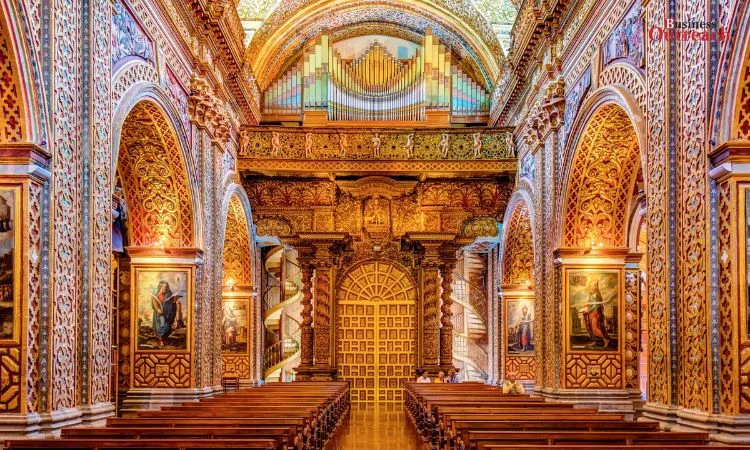
Source: Corde Nast Traveler
The Catholic Church is more specifically an apostolic Christian Church, founded on the doctrines it claims were given directly by Jesus Christ. Its main confessional formulation is located in the Nicene Creed: the belief in the existence of the Holy Trinity, the concept of incarnation, the concept of holy communion among others. Belief in the Bible as the inspired word of God, particularly the Old and New Testament, is another fundamental tenet in Catholic faith.
The Catholic Church recognizes seven sacraments as the primary means of conferring God’s grace:
There are seven sacraments namely:
Baptism, confirmation, The Eucharist, reconciliation (confession), matrimony, holy orders, and anointing of the sick.
Of these, the most-valued sacrament is communion, as Catholics believe the host transforms into the actual blood of Jesus and the bread.
Other key Catholic tenets and practices include:
The most important of all is the belief in the Holy Virgin as the Mother of God, and the devotion to the saints.
Belief in the dogma of ‘papal infallibility of the Pope to be exercised under certain circumstances
Briefly, it would refer to a system of authority of clergy, made of popes, cardinals, bishops, priests as well as deacons.
Religious architecture: The significance of deploying priests and other leaders to conduct liturgy and other religious activities in churches and cathedrals.
Indeed, according to the Catechism of the Catholic Church, the teachings in this paper mirror the key principles that Catholics should uphold.
Catholic deference also has some essential difference between Catholic Latin (Western) and Eastern Catholic churches due to having different rite and rights over early Christianity.
Catholic Church: Structure and Organization
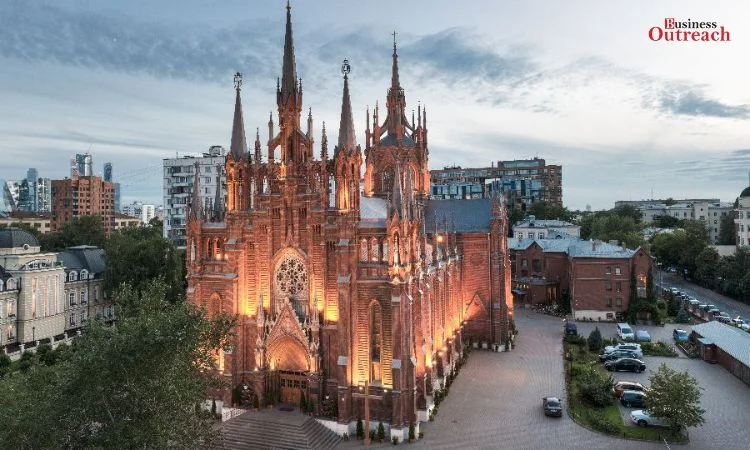
Source: Catholic News Agency
It is important to note that the structure of the Church can be viewed in various ways, as detailed below:
The church has a well-defined system of authority that is pyramid-like, and the pope is at the top as the final authority in all matters concerning the churches in communion with the Roman Catholic Church. Presently, the Pope of Rome, Supreme Governor of the Vatican City State, and the Supreme Head of the Roman Catholic Church is Pope Francis, who is the 266th pope.
Reporting to the pope is the Roman Curia which includes several administrative entities such as the government like the College of Cardinals who are appointed by the pope and who, in turn, elect the subsequent pope from their group of people. At the regional level the church is divided into dioceses and archdiocese which are headed by the bishops and archbishops respectively, these have their powers delegated by the pope.
In structure, the Latin or western church is directly governed by the papacy, however the Eastern rite Catholic churches are autonomous or self-governing in the matters of liturgy and disciplines but are in full communion with Rome. There are 23 Eastern Catholic churches that practise traditions like Byzantine, Armenian, Syriac and Chaldean rites.
Besides the diocesan clergy there exist different Religious Orders, Societies and Institutes who take vows of poverty, charity and obedience. These include over a thousand-year-old monastic tradition that has its institutions managing education, health services, evangelization efforts, and many other functions independently.
Catholic Church: Shaping Western Civilization
It is impossible to overstate the Catholic Church’s singular impact in molding the philosophical, cultural, artistic, legal, and educational fabric of Western civilization over the past two millennia:
Philosophy and Theology: The blending of Greek reason with revelation produced the climate in which scholasticism appeared; towering Catholic figures like St Augustine, St Anselm, and St Thomas Aquinas developed much of speculative Western thought, particularly much of metaphysics and epistemology in addition to ethics and natural law theory.
Art and Architecture: From the sumptuous mosaics of Ravenna and from the beautiful frescoes of the Renaissance to the Gothic arches of Notre Dame and Chartres, the Catholic art and architecture museums left the best specimens for the art enthusiast to explore the high paradigms of aesthetic and cultural achievement that continues to contributes to high note to our admiration up to the present.
Law and Government: Catholic Church of the middle ages created the canon law system which served as the first civil law system in the western World and set standards such as fair trials and rights for the accused with procedural restrictions upon the power of the central monarch as seen in the English common law. Furthermore, it was much involved in mediating further the frequently unsettled political environment that characterized medieval and Renaissance Europe.
Education: Many people do not know that monasteries played a vital role in the maintaining and transmitting of that knowledge; Catholic monasteries established schools that further developed into the first university in Europe in various cities such as Paris, Oxford, and Bologna during the high medieval period. These early institutions set the tone of the university for the arts, medicine and law and numerous other such faculties.
The globalization of Catholic Christianity through the introduction of missionaries and colonization during the Age Exploration also imposed changes in language, culture and sometimes intrusive domination of the indigenous people of America, Africa, and Asia for the sake of Catholic colonizing countries.
Catholic Church: Modern Challenges and the Future
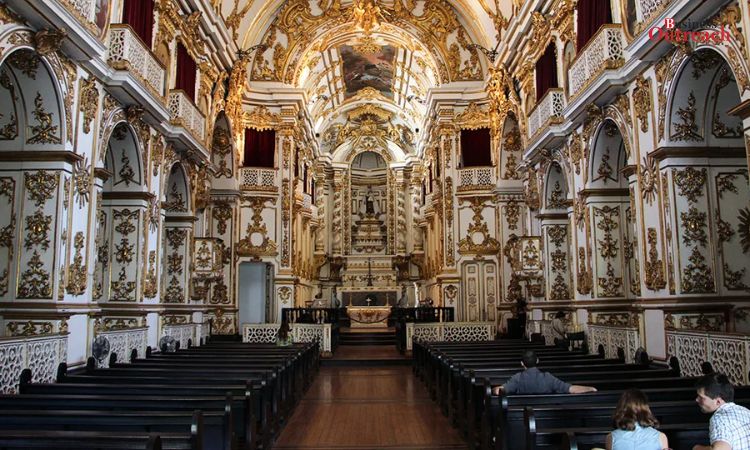
Source: Aleteia
The social issues are the current ban on artificial contraception, gay marriage and abortion, views that have seen the Catholic church in a quandary with the changing world, especially in the Developed Nations.
The loyalty to religious calls and to church has significantly dwindled in the traditionally Catholic nations including most of the Western European countries in the second half of the twentieth century due largely to factors such as secularization of the population through sexual revolution, and the post-minor sex abuse scandals.
Although the church has prohibited women from participating in priesthood, many have called for a change to this ban.
After the Second Vatican Council the dialogue and reunion with other Christian churches has not been conducted enthusiastically; the main problem still remains in conflicting concepts of papal supremacy and Catholic Church bureaucracy as the major questions concerning the reunion.
Nevertheless, despite such negative effects the Catholic Church is one of the most influential religious, cultural and humanitarian organizations all over the world. It has tried to change for the better both culturally and socially for the global inclusion of persons of the LGBTQ community under its newly elected, reformative Pope Francis while continuing to uphold many of its traditional dogmas and doctrines about marriage, reproductive rights among women, and other social justice issues as the world’s spiritual headquarters for over one billion practitioners.
In general, while moving into the third millennium the mission of the Roman Catholic Church is to advance slowly into the new world, this world being still sinful, and at the same time, preserve the divine essence and two thousand years of experience that the church has gained under conditions of instability. It is likely that there is no other human organization that can be as ancient and commanding as it is today. And the defying story and continuation of the fight for the “one holy catholic and apostolic church” goes on before everybody’s eyes.
Conclusion
In conclusion, the Catholic Church has been around for a very long time and has had a big impact on Western society. It started a long time ago and now has over 1.3 billion followers all over the world. It’s trying to stay true to its beliefs while also keeping up with how the world is changing. Because of its long history and big influence, it’s seen as an important symbol of faith, culture, and helping others for lots of people worldwide.














